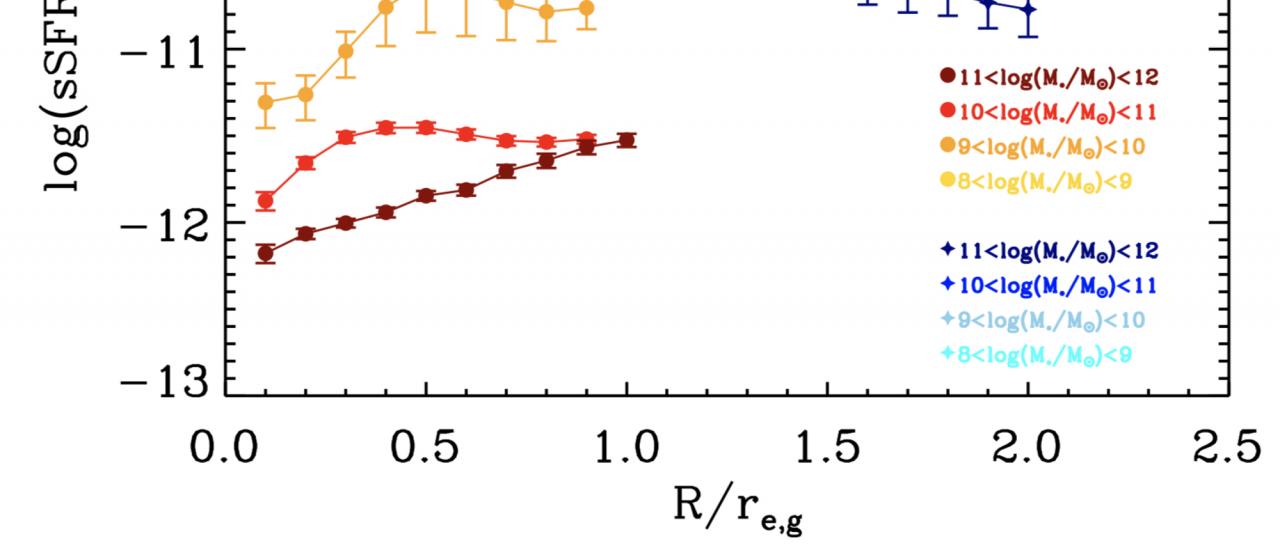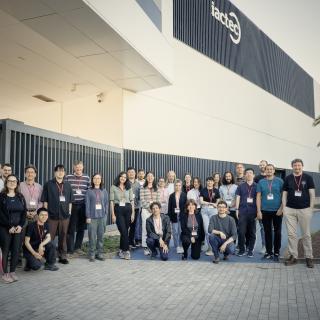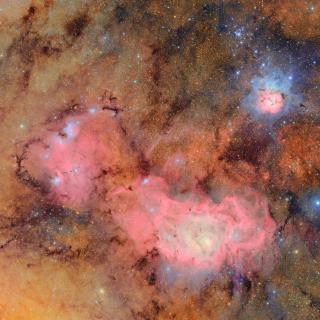Early-type galaxies (ETGs) were historically considered as ‘boring’ objects by astronomers. This galaxy category encompasses lenticular and elliptical galaxies, which were thought as morphologically featureless systems with no star formation and therefore of little interest. However, with the advent of powerful integral field spectrographs and deep photometric images, ETGs have demonstrated not to be such ‘boring’ systems, but complex galaxies with a variety of dynamical, photometric, and stellar population’s properties. In fact, a major question of current astrophysics is still to determine the mass growth of ETGs and particularly why they actually show some recent star formation. Our work exploits a new way of analysing integral field spectroscopy data of galaxies in order to tackle this old problem. We have developed a new code, C2D, which is able to separate the spectral contribution of the different structures shaping the galaxies, mainly bulges and disks. Therefore, we can independently study for the first time the spectral properties -including stellar populations and star formation- of both bulges and disks in ETGs. Applying this method to a sample of ETGs observed as part of the CALIFA survey, we have found that whenever there is recent star formation in an ETG, this is present in the disc component and not in the bulge. Indeed, despite ETGs are generally considered as passive/retired galaxies, we have found that new stars are being formed at the same rate at every radius within the disc. The star-forming rate for the bulge shows however a central drop. Therefore, star formation in ETGs requires the presence of a disc, but it is not constrained to their outer regions since it also occurs in galaxy regions dominated by the bulge. This provides support for the presence of discs in ETG even in their inner regions.
Radial profiles of the star formation rate (per unit mass) for the bulges (reddish colours) and discs (bluish colours) in our sample of ETGs.
Advertised on
Authors
Jairo
Méndez Abreu
Adriana de
Lorenzo-Cáceres Rodríguez
References



